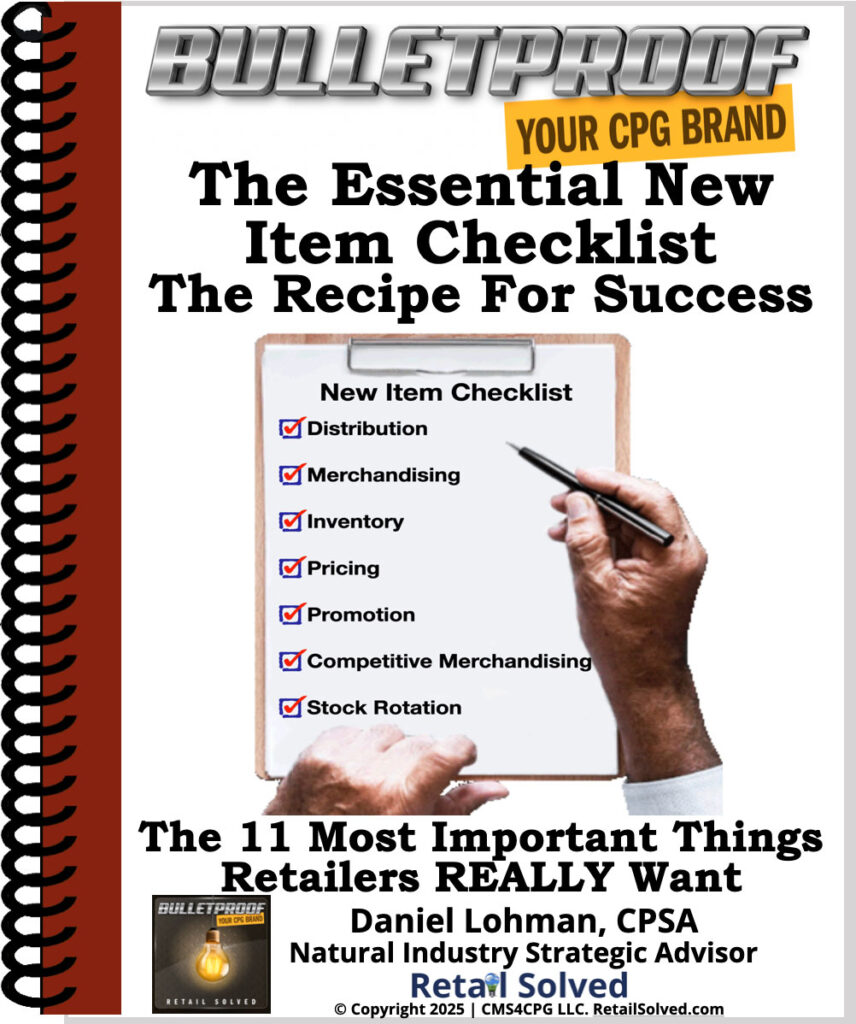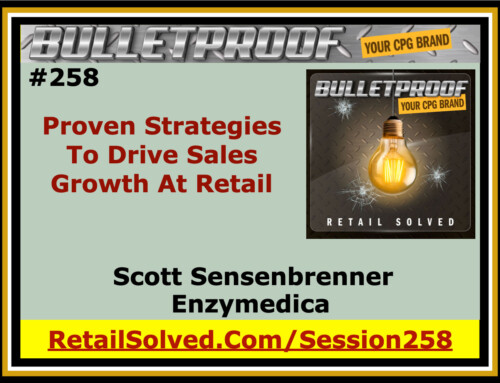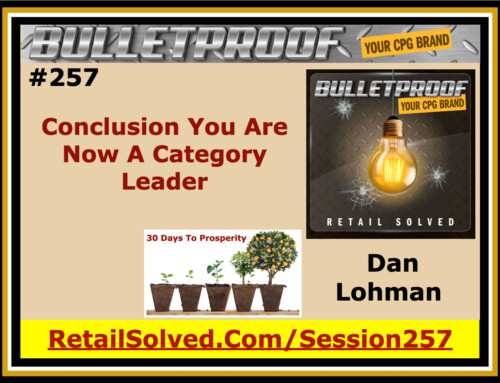Shoppers have virtually unlimited number of choices when it comes to where they shop and how they shop. It is therefore critical that they have consistent, clear, easy to understand messaging that resonates with shoppers. This all begins with where and how retailers merchandise key categories in their stores. The foundation of this strategy is at the core of True Category Management.
Earlier in my career before I became a Grocery Manager, I worked for a retailer where the categories were organized by product type – similar to the way most retailers organize their stores. One of the first things I did was to re-merchandise the store to focus on shopper need states. Shopper needs states are what the shoppers are thinking about when they walk into the store – the problem they are trying to find a solution for; cold and flu, breakfast, dinner, etc.
I developed and implemented a strategy for each category. This was communicated to the shopper by the way each category was merchandised, promoted, and priced. Sales grew exponentially because this strategy made it easier for shoppers to find what they wanted.
Category tactics should be used to amplify the retailer's mission and focus. They need to clearly communicate the “purpose” behind a promotion, a merchandising strategy, the product assortment, and the retailer's value statement (one stop shop, value leader, local, etc). Retailers should use this strategy to convert casual shoppers into loyal evangelists. This is how you build real and lasting loyalty with your community.
Retailers are continually working hard to find ways to invite more shoppers into their stores. Perhaps the best, and most underutilized strategy is to focus on category tactics that make shopping easier by grouping products around what customers need – their need state. For example, shoppers with a cold, look for remedies to help them get better fast. In this example, cold and flu is their need state.
Category tactics are what retailers apply to their strategies that support category roles. Category roles are covered more in depth in other articles, on my podcast, and in my courses. The goal of creating tactics is to stimulate sales in a category. This can include how you merchandise a category, the product assortment, your pricing and promotion strategies, etc.
Here's an illustration of how these tactics work and how to apply them. Super Bowl is a huge event for retailers. Competition leading up to the event is fierce with retailers fighting for every shopper’s dollar. Your goal as a retailer is to maximize every selling opportunity which includes increasing shopper traffic in your store. The increase in shopper traffic equals increased sales.
In this example you need to have additional merchandising at the front of the store to showcase and highlight that you are the go-to retailer for this event. Let your shoppers know that they do not need to go anywhere else to stock up for their Super Bowl parties. The strategy should also include incremental co-merchandising opportunities like having a bun and condiment display next to meat. Many retailers do basics like this already. How can you differentiate your store from the competition? Perhaps by focusing on the healthier alternatives including recipes and product demos.
This strategy should also be used to reinforce your store’s mission, your values, your commitment to your shoppers, and/or unique value proposition. How do you want your shoppers to view you? The market leader for organic and plant based foods, the place to shop for hard to find speciality items, a place where shoppers can go to sample new trends, etc.
Each department, category, and segment should have its own strategy focused on your shoppers needs and wants.
One of the biggest mistakes retailers and brands make is in assuming that their shoppers already know what their mission is and shoppers automatically know how to find the items they want and need. LEAVE NOTHING TO CHANCE. Category tactics make it easier for your existing customers to shop your stores and they make your stores more inviting for future customers. All of your stores need to have some consistency so that when I shop your store in Littleton, I will be equally comfortable shopping your Boulder store.
Here is an example of how tactics can support the event.
Assortment, making it easy for shoppers to get in and out quickly with all of the items they need for the big day.
Price and promotion, this tactic might include deep discounts on popular items (buns, condiments, sauces, etc.) in addition to special event promotions like BOGO’s, etc.
Merchandising, increased focus items (burgers, soda, chips, etc.) with incremental displays and a unique selection of complimentary items not available at your competitors (prepared entrees, craft beers, grills, etc.).
Retailers should use different tactics with different categories. These tactics are all designed to encourage shoppers to take a specific action like purchase more products more frequently. They can also be used to build shopper loyalty when used correctly.
Tactics communicate the retailer’s commitment to support the shopper’s needs and help them stand out in their market. Tactics can differ between categories, segments, brands, and even individual products. A retailer can use tactics to let consumers know that they are a full service, one-stop shop for all their grocery needs. They can also position themselves as the destination for unique items not available in the market.
Retailers cannot possibly be experts in every category and on every item they sell. Brands should work closely with retailers to help develop and define specific tactics for their categories and for complimentary categories. They need to encourage brands to step-up and help them develop, manage, and maintain these strategies.
Effective category tactics when properly implemented, can help retailers and brands maximize sales and improve shopper satisfaction. More importantly, category tactics will differentiate you from your competition giving you a sustainable advantage – especially when competing against mainstream retailers.

The Essential New Item Checklist – The Recipe For Success
Want A Competitive Edge? The Recipe For Success
New product innovation is the lifeblood of every brand. New products fuel sustainable growth, attract new shoppers and increase brand awareness. Learn the critical steps to get your product on more retailer’s shelves and into the hands of more shoppers. Maximizing your trade marketing can pour rocket fuel on your launch.
Image is the property of CMS4CPG LLC, distribution or reproduction is expressively prohibited.





